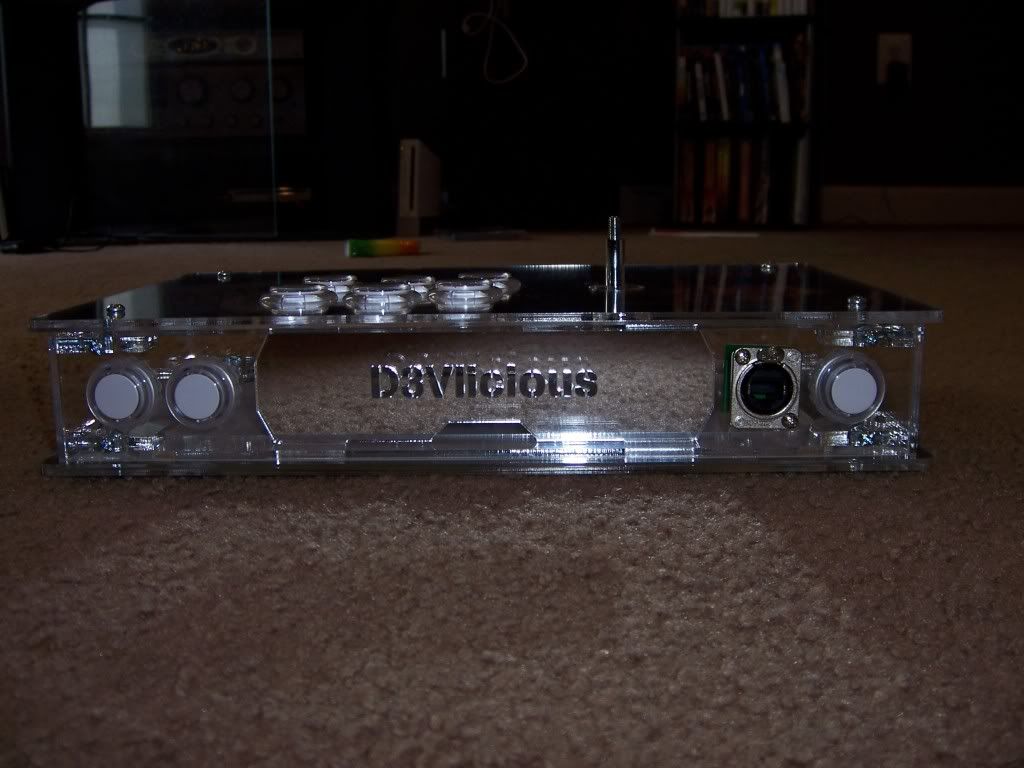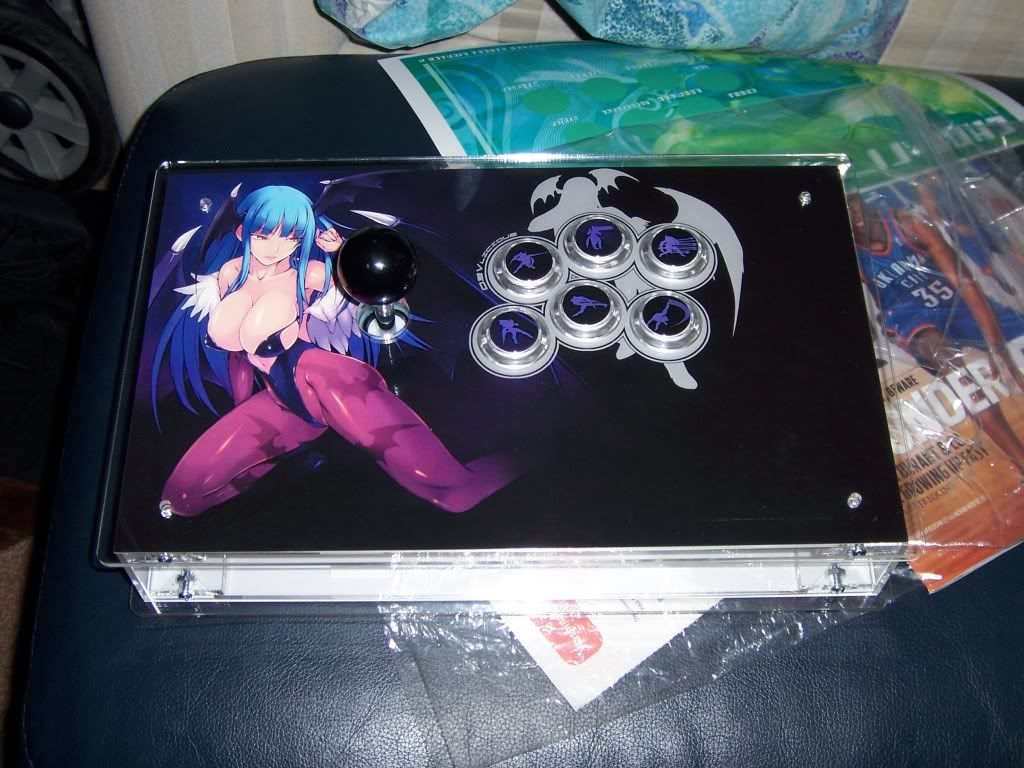So, Palm has a new phone, new OS, healthy buzz, and a carrier in Sprint that would feature the Pre as their exclusive premier phone, much like AT&T was doing with the iPhone. In the first month, the uptake on it was record breaking for Sprint. How could they go wrong?
First off: terrible marketing. You could have the best product in the world, something that stands thoroughly and unequivocally above anything else in it's class. If nobody knows about it, it's not going to sell. Multitasking and notifications worked better than anything Apple or Android could offer, and the swiping interface was well thought out and implemented. You would think focusing on some of these things would be a good idea in your marketing blitz, right? Apparently, the marketing heads at Palm thought otherwise.
What we have here is a lady that looks like the cross between the Pre-Cogs in Minority Report and the Borg Queen's cousin doing some nonsensical drivel about.... Reincarnation. Huh? This one was even worse:
Now we have a mind reading phone. And we can barely see what she's doing with said clairvoyant technology. What gives? People had no idea the commercials was even about a phone, let alone why they would want to leave their Android, Blackberry or beloved iPhone for a Pre. When the phone finally made its way to Verizon, the marketing wasn't much better.
Smart enough to keep up with MOM?. For reference, my mother rocks a purple crackberry. Definitely NOT the phone I want to be seen with. So if mom rolls up with a Pre....It did slightly better at showing what the phone could do, but considering previous efforts, that wasn't saying much. Verizon really could care less, as they were full steam behind their Droid line of phones (more on this later). By the time AT&T started carrying the phone, they didn't even bother with marketing. It just sort of showed up, overshadowed by the iPhone. Just before Palm got bought by HP they actually put out the kind of commercials they should have started with all along, actually showing what you could do with WebOS.
But at this point, it was too little, too late.
First off: terrible marketing. You could have the best product in the world, something that stands thoroughly and unequivocally above anything else in it's class. If nobody knows about it, it's not going to sell. Multitasking and notifications worked better than anything Apple or Android could offer, and the swiping interface was well thought out and implemented. You would think focusing on some of these things would be a good idea in your marketing blitz, right? Apparently, the marketing heads at Palm thought otherwise.
What we have here is a lady that looks like the cross between the Pre-Cogs in Minority Report and the Borg Queen's cousin doing some nonsensical drivel about.... Reincarnation. Huh? This one was even worse:
Now we have a mind reading phone. And we can barely see what she's doing with said clairvoyant technology. What gives? People had no idea the commercials was even about a phone, let alone why they would want to leave their Android, Blackberry or beloved iPhone for a Pre. When the phone finally made its way to Verizon, the marketing wasn't much better.
Smart enough to keep up with MOM?. For reference, my mother rocks a purple crackberry. Definitely NOT the phone I want to be seen with. So if mom rolls up with a Pre....It did slightly better at showing what the phone could do, but considering previous efforts, that wasn't saying much. Verizon really could care less, as they were full steam behind their Droid line of phones (more on this later). By the time AT&T started carrying the phone, they didn't even bother with marketing. It just sort of showed up, overshadowed by the iPhone. Just before Palm got bought by HP they actually put out the kind of commercials they should have started with all along, actually showing what you could do with WebOS.
But at this point, it was too little, too late.



















